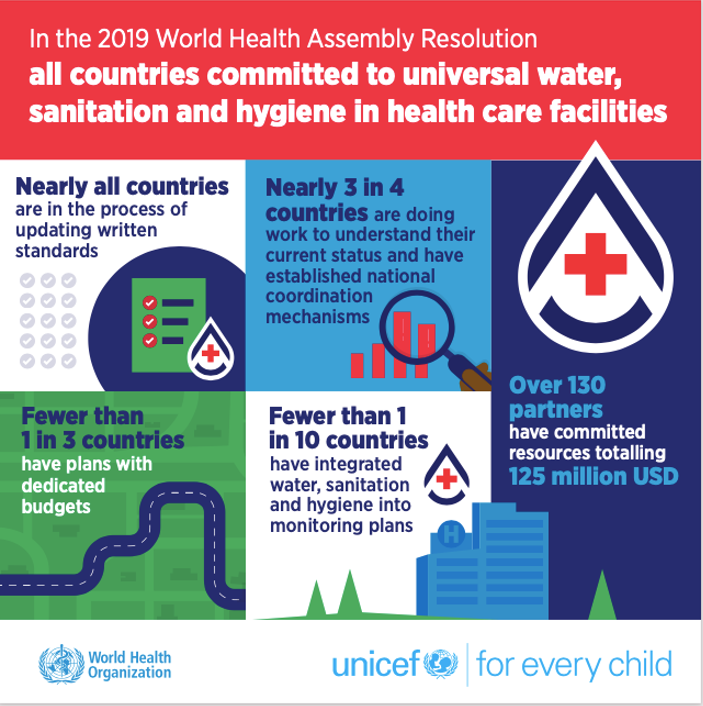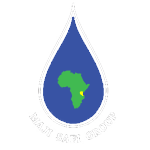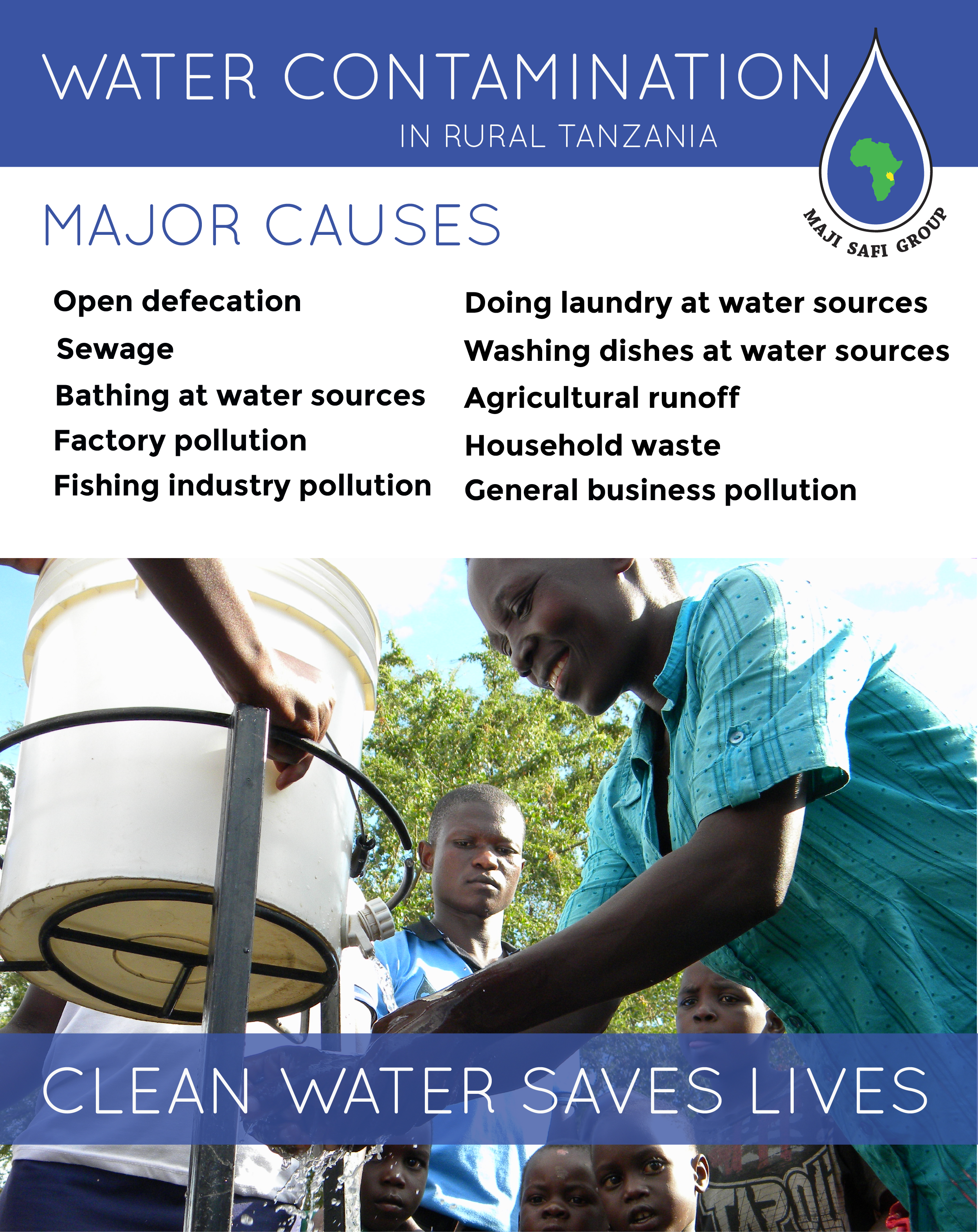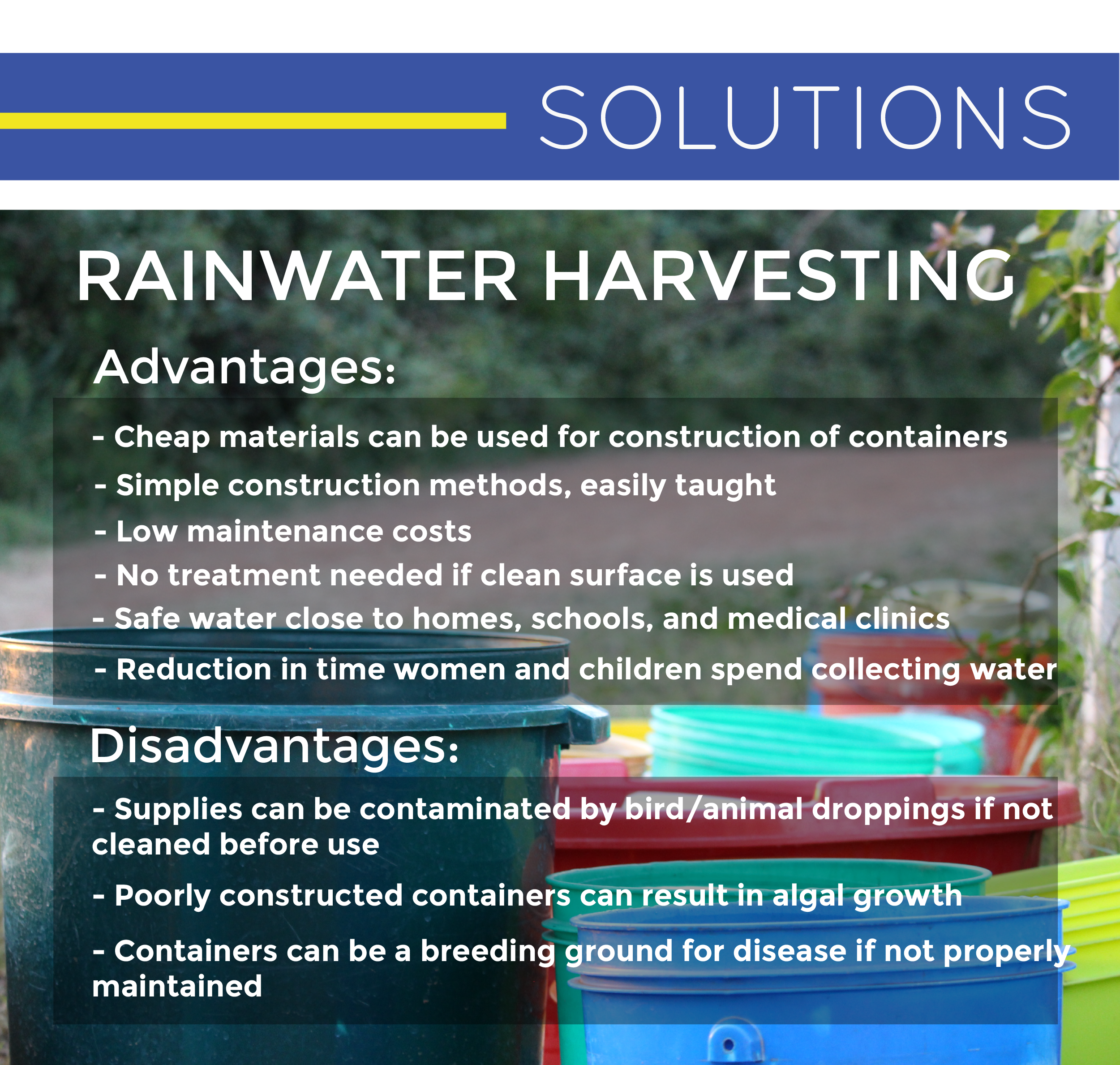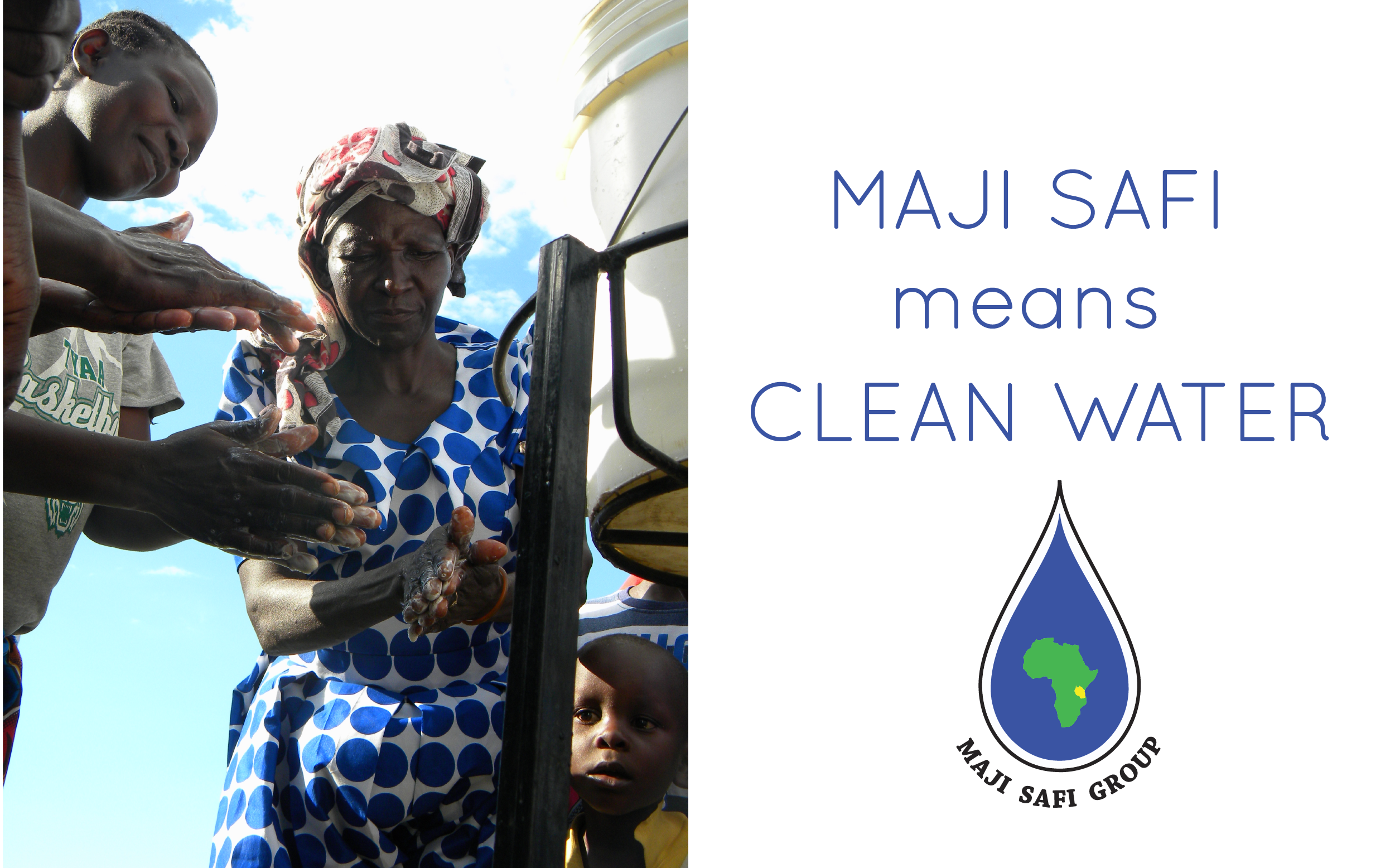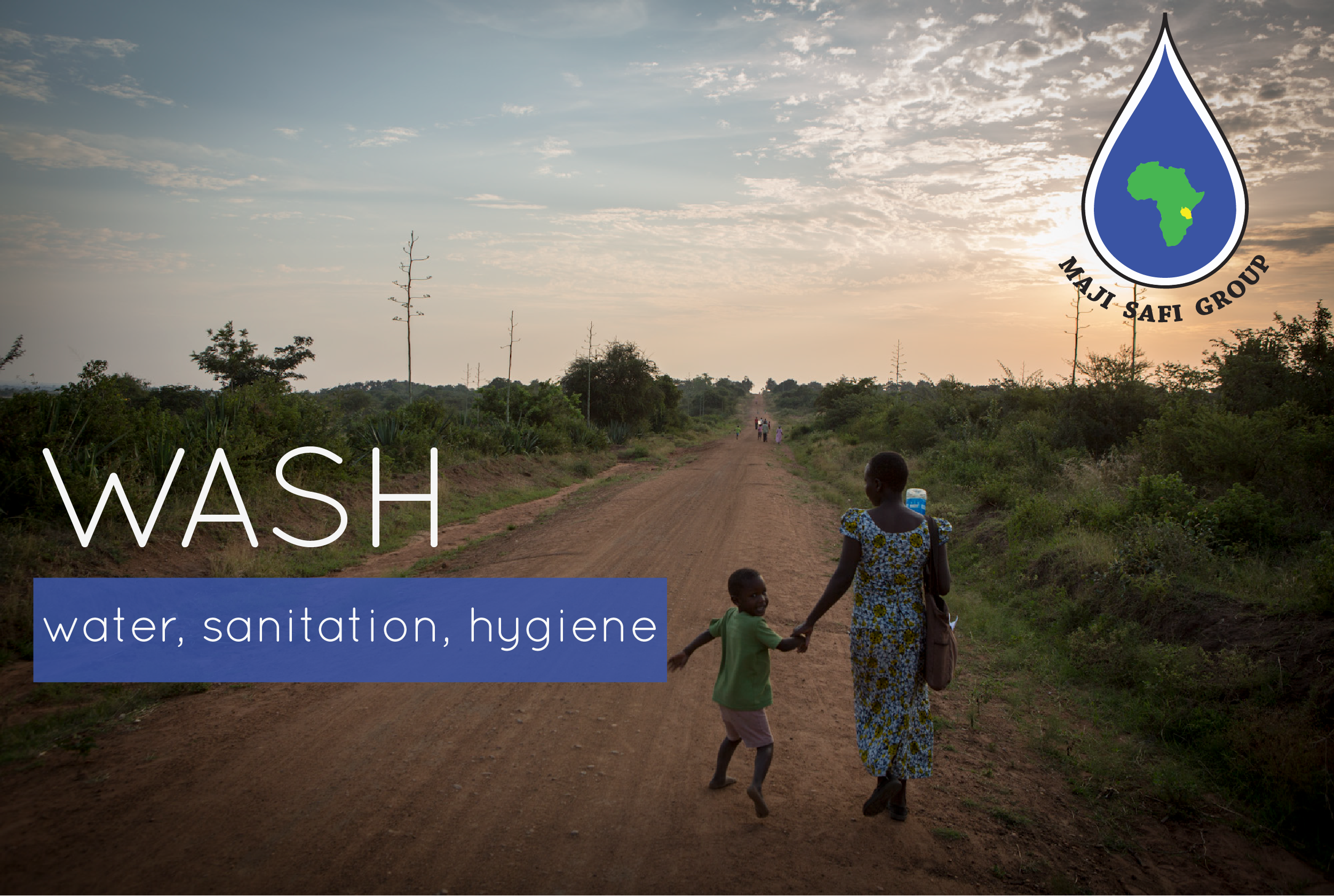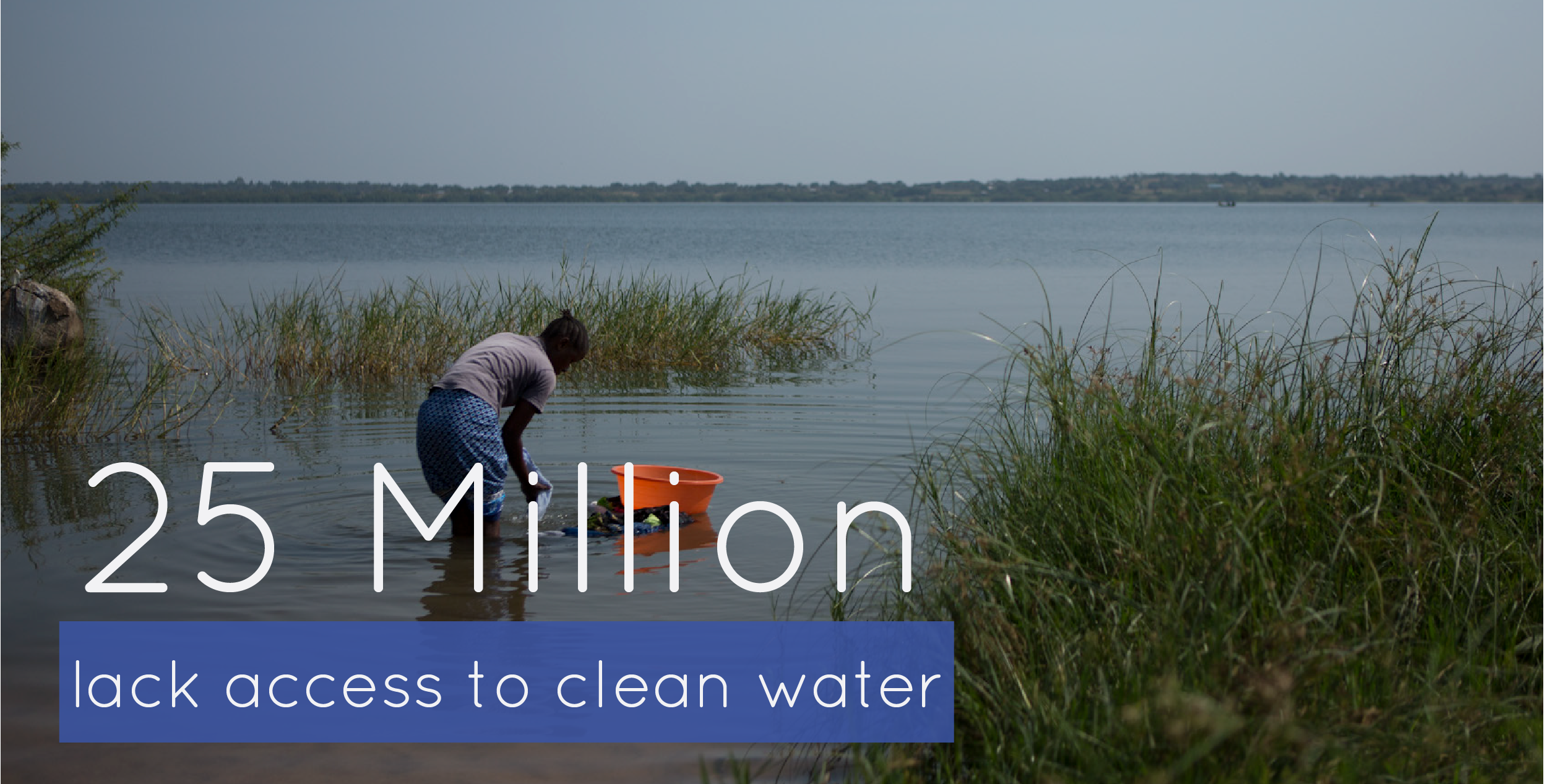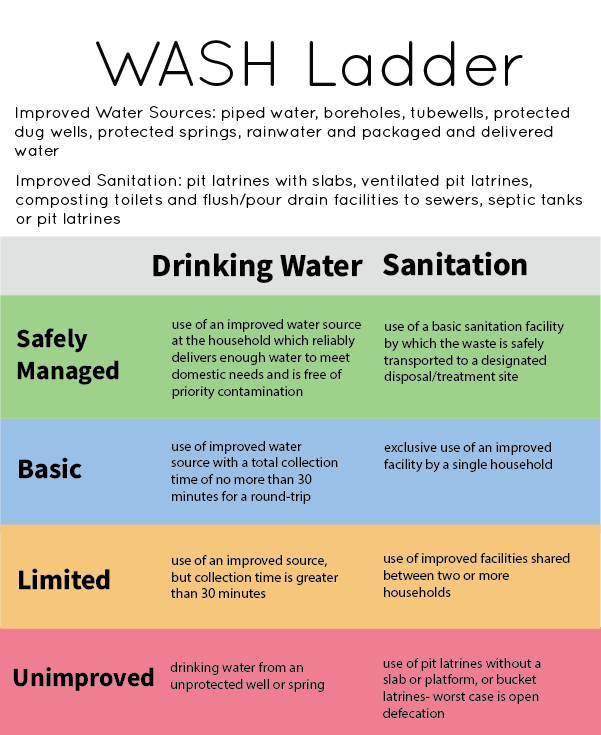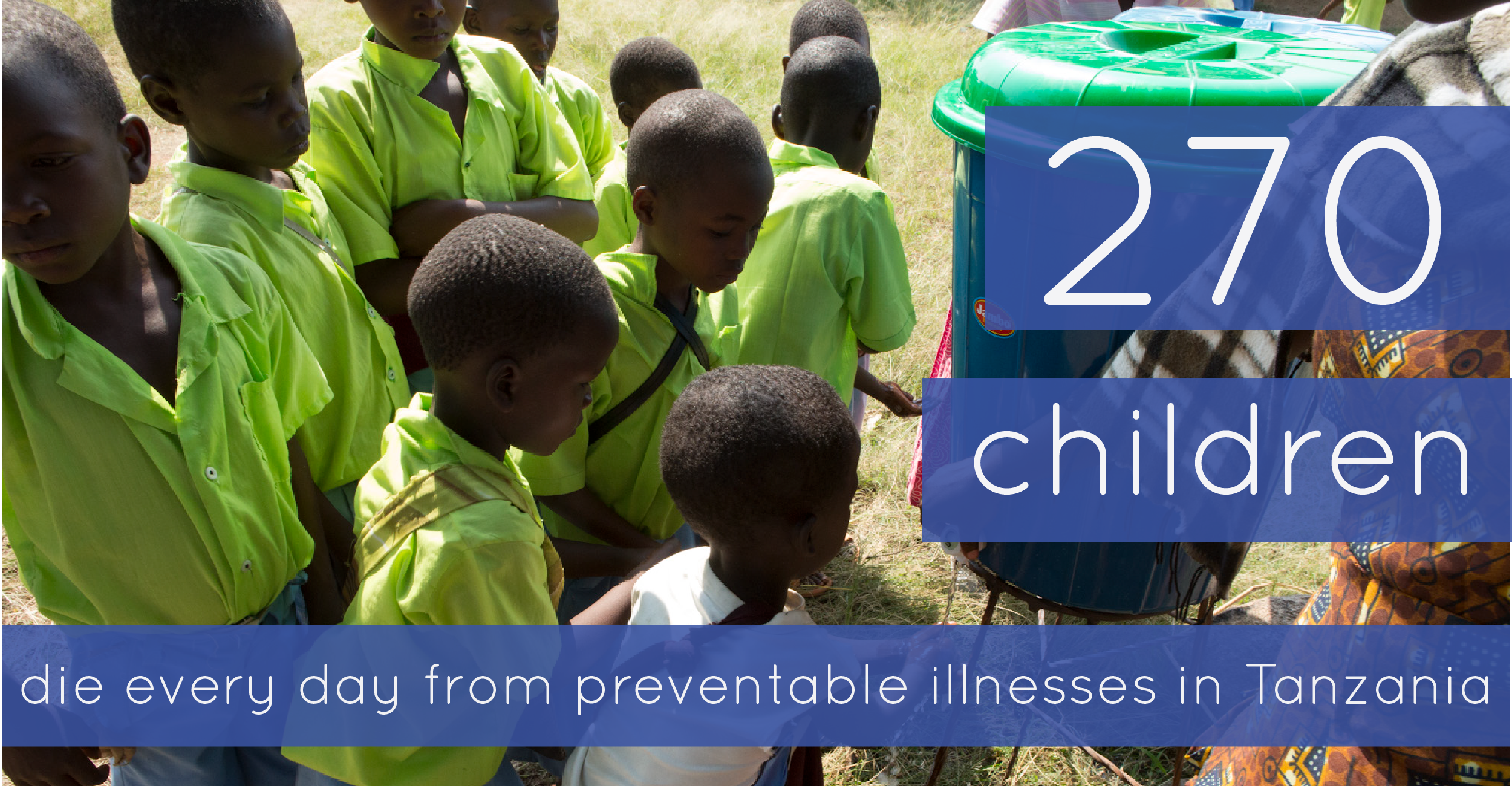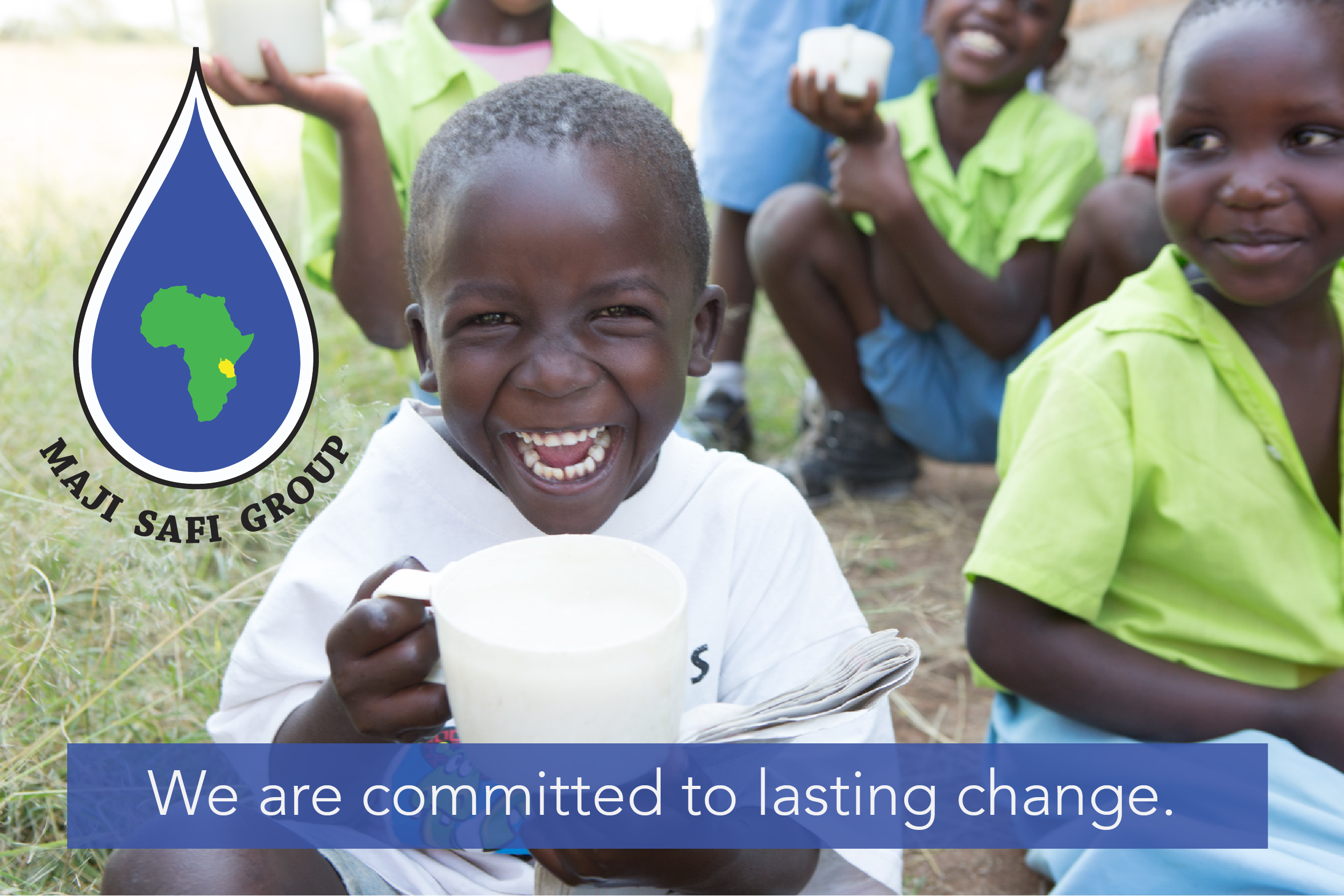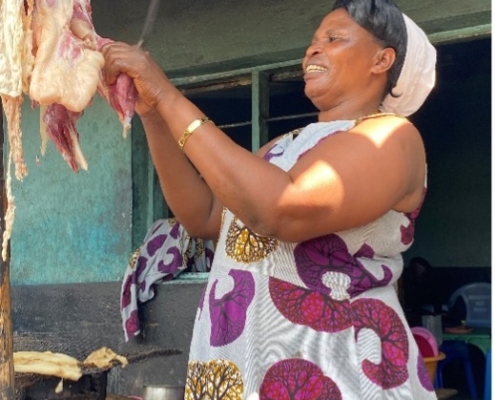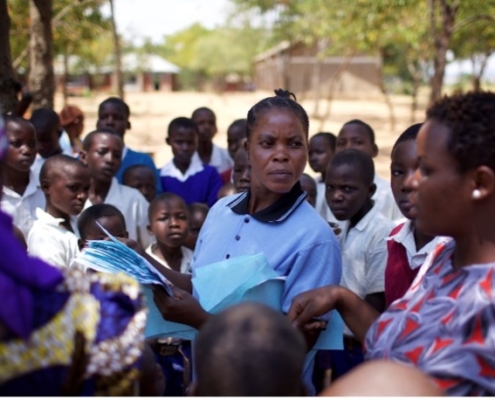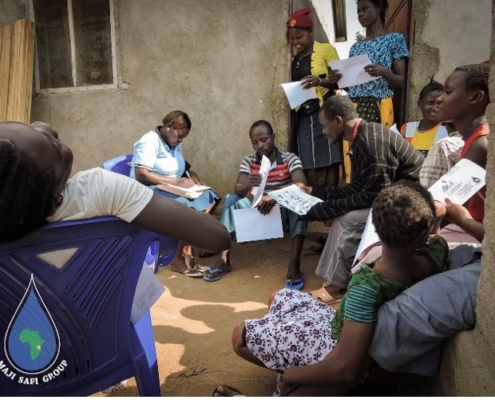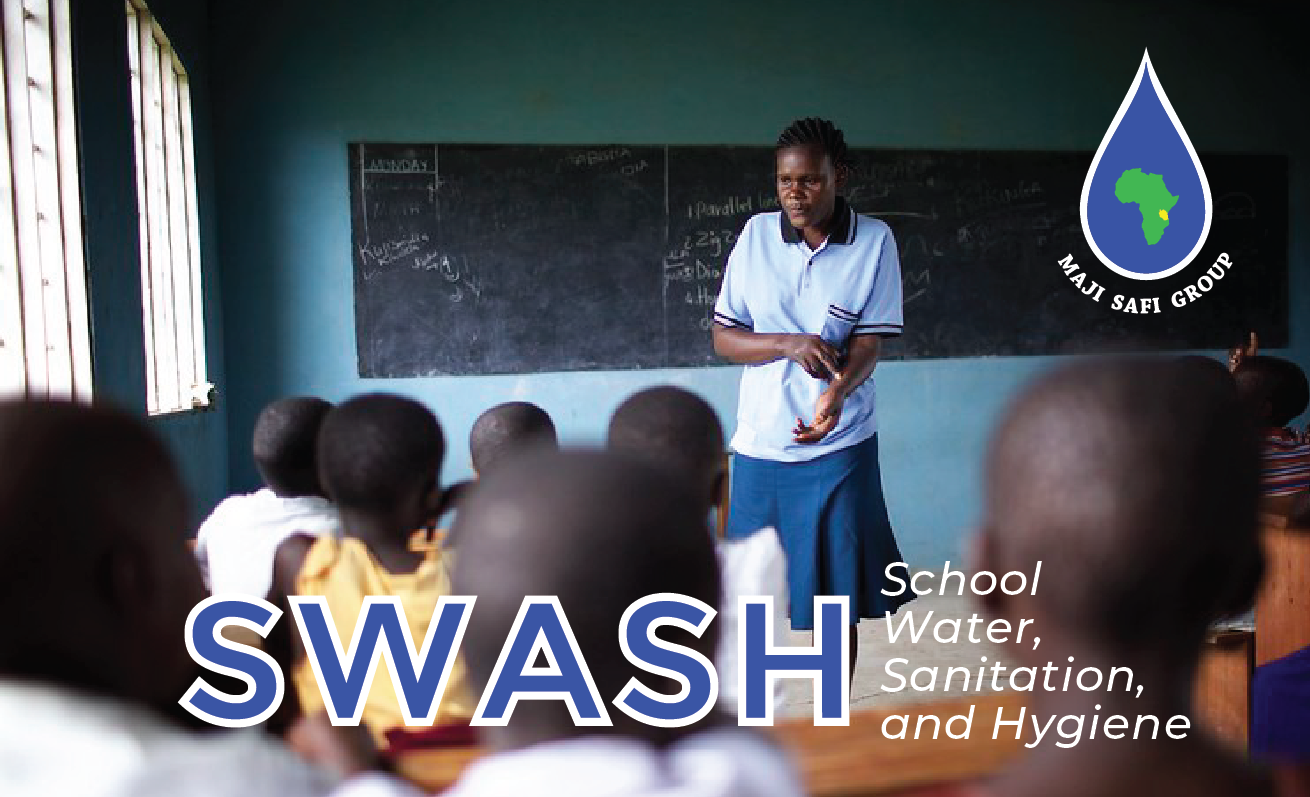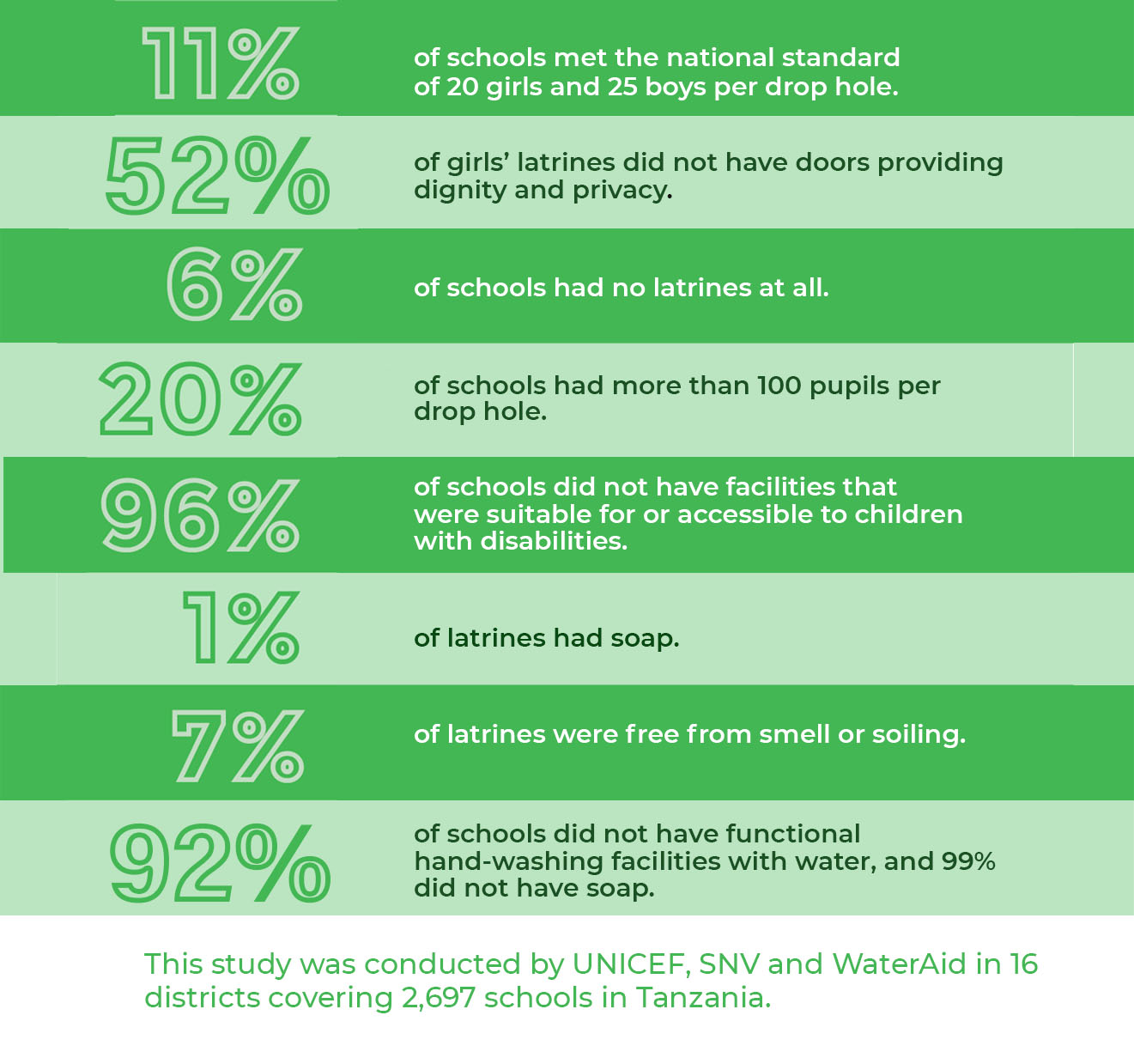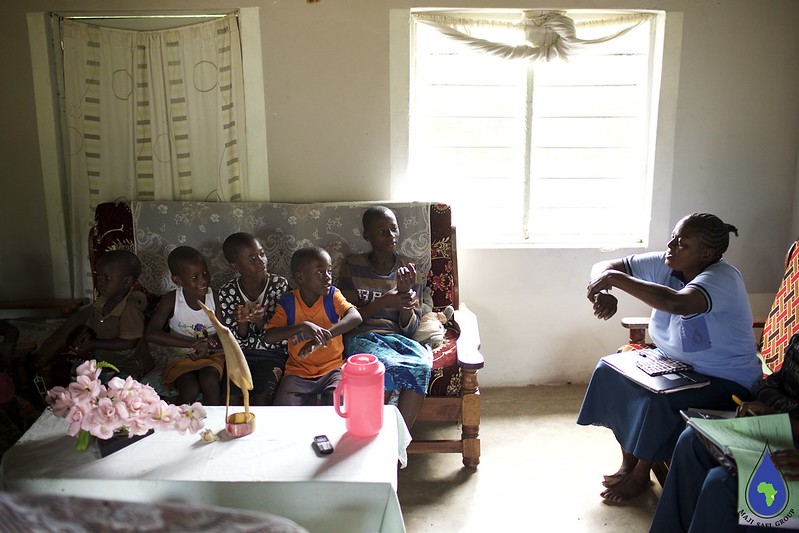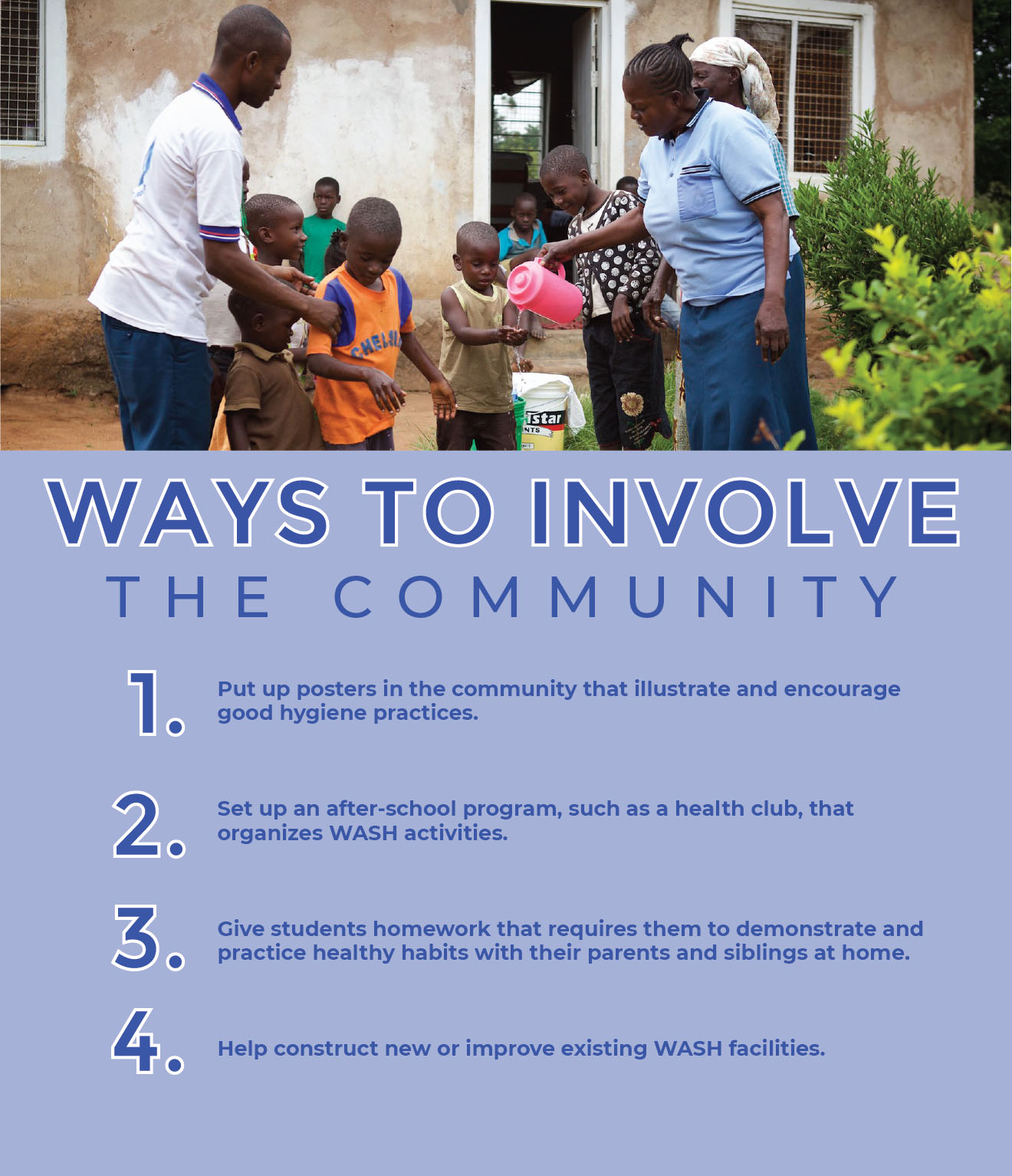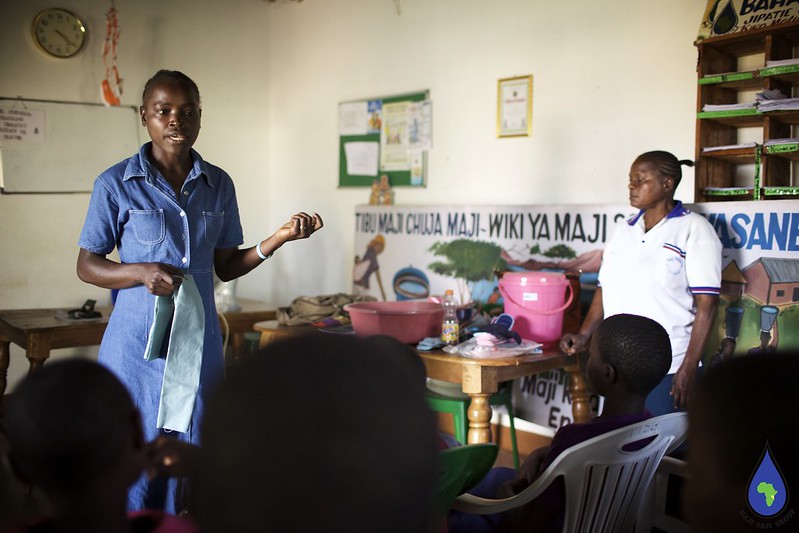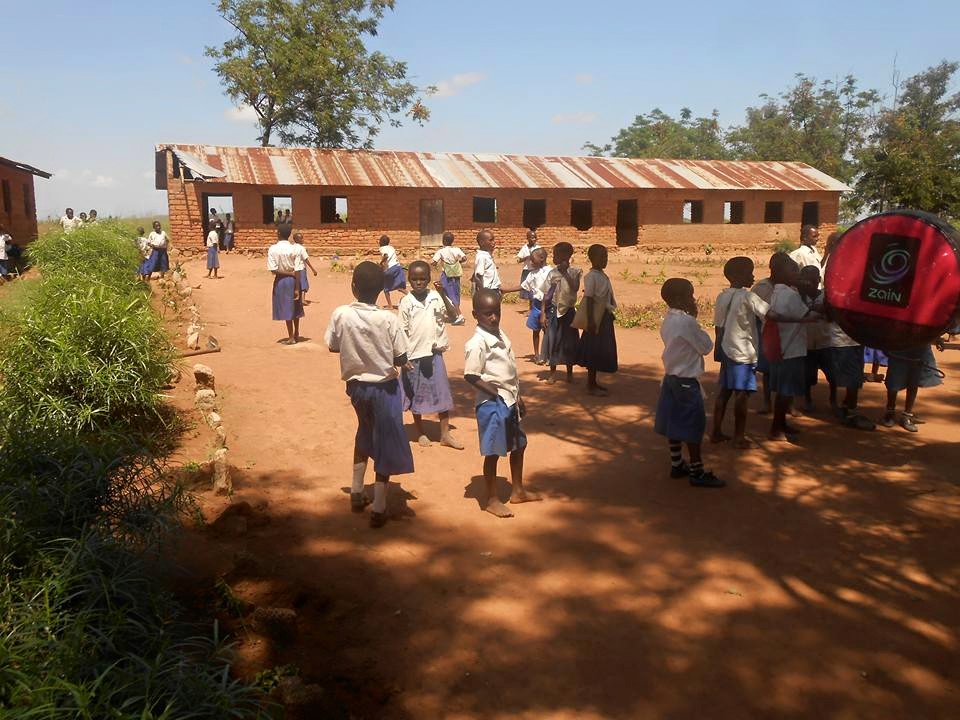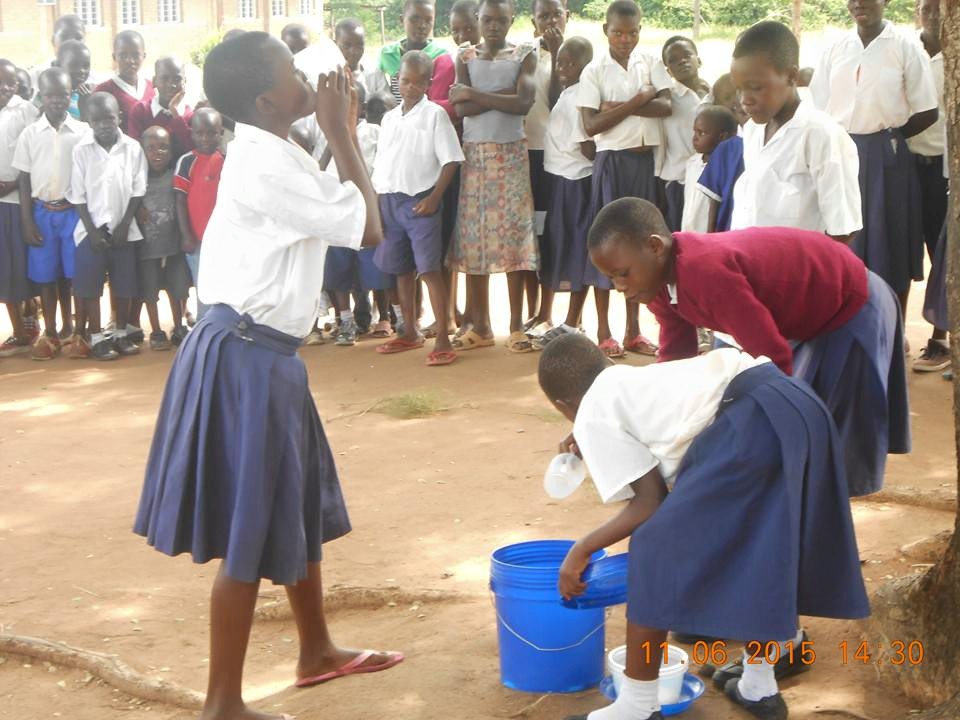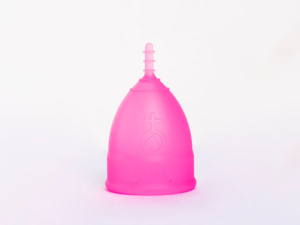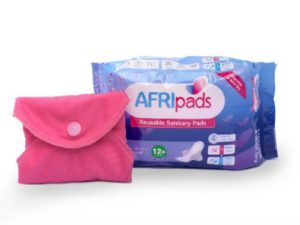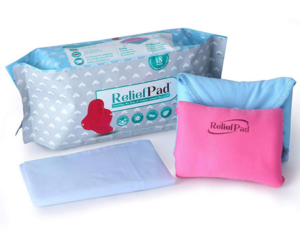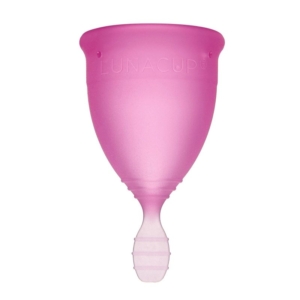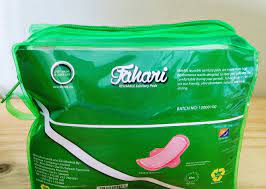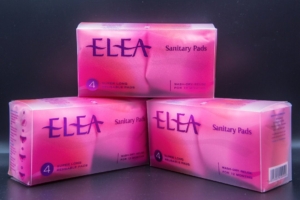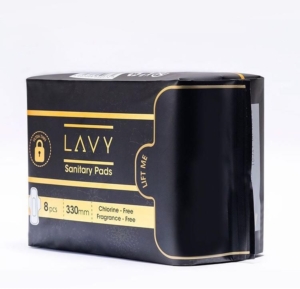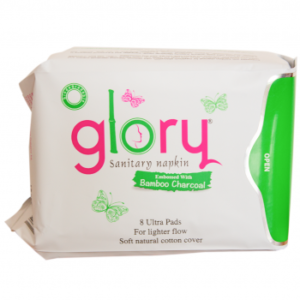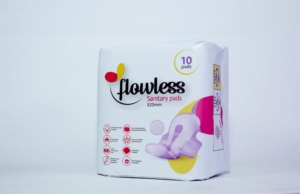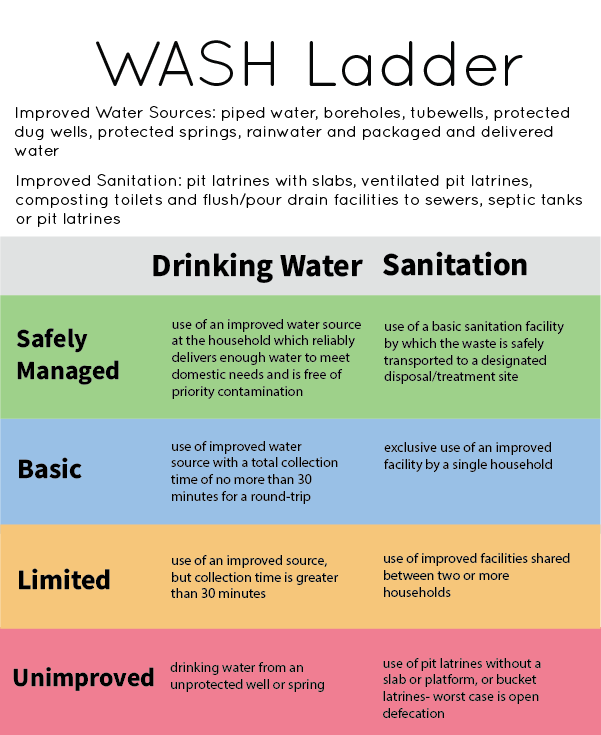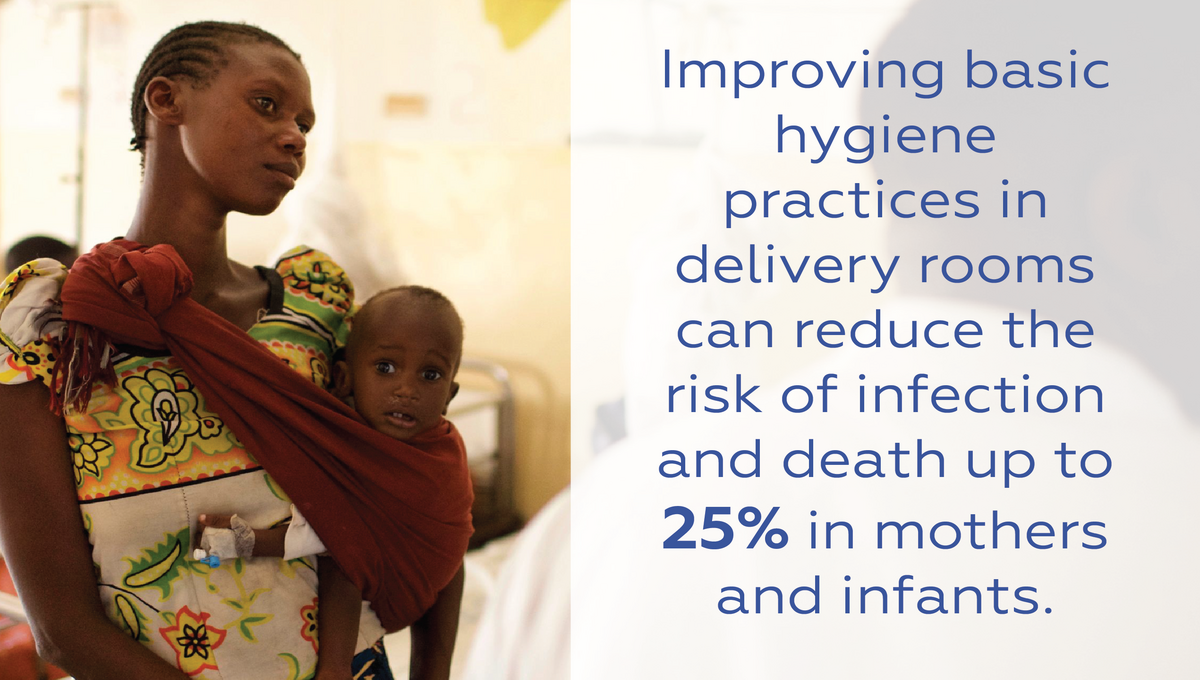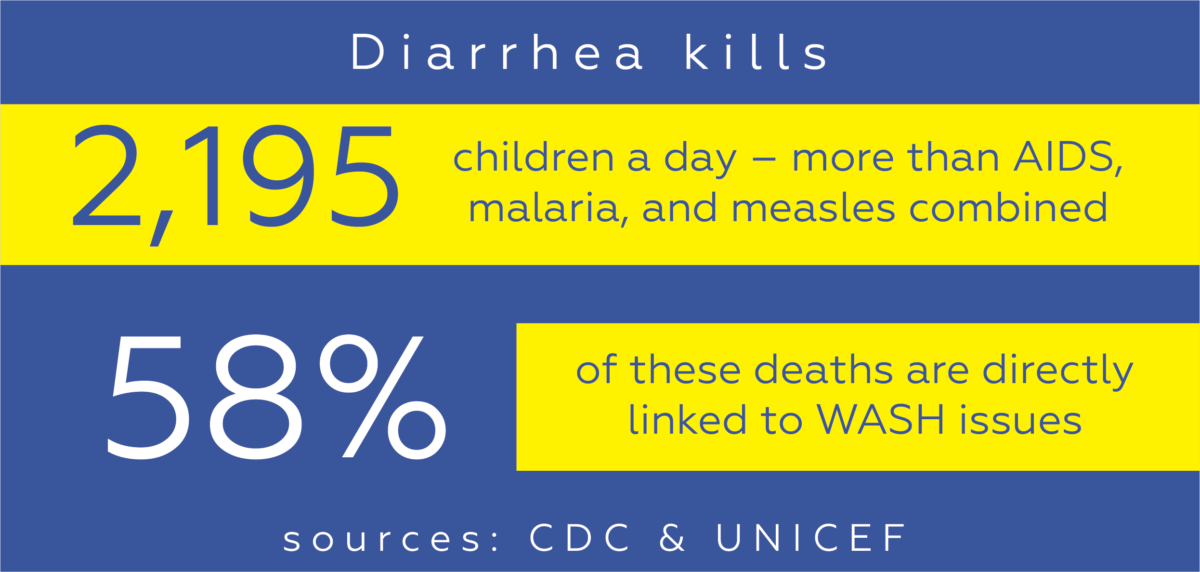WASH & Health Care Facilities
Health care facilities are meant to be places where people go to seek treatment for illness, not where they are at risk of contracting one.
Yet, millions across the globe face an increased risk of infection if they seek treatment at health care facilities because of the lack of safe and improved WASH (water, sanitation, and hygiene). Many of these facilities are breeding grounds for infectious diseases and thus pose a major barrier to the overall health of individuals and positive healthcare treatment outcomes.
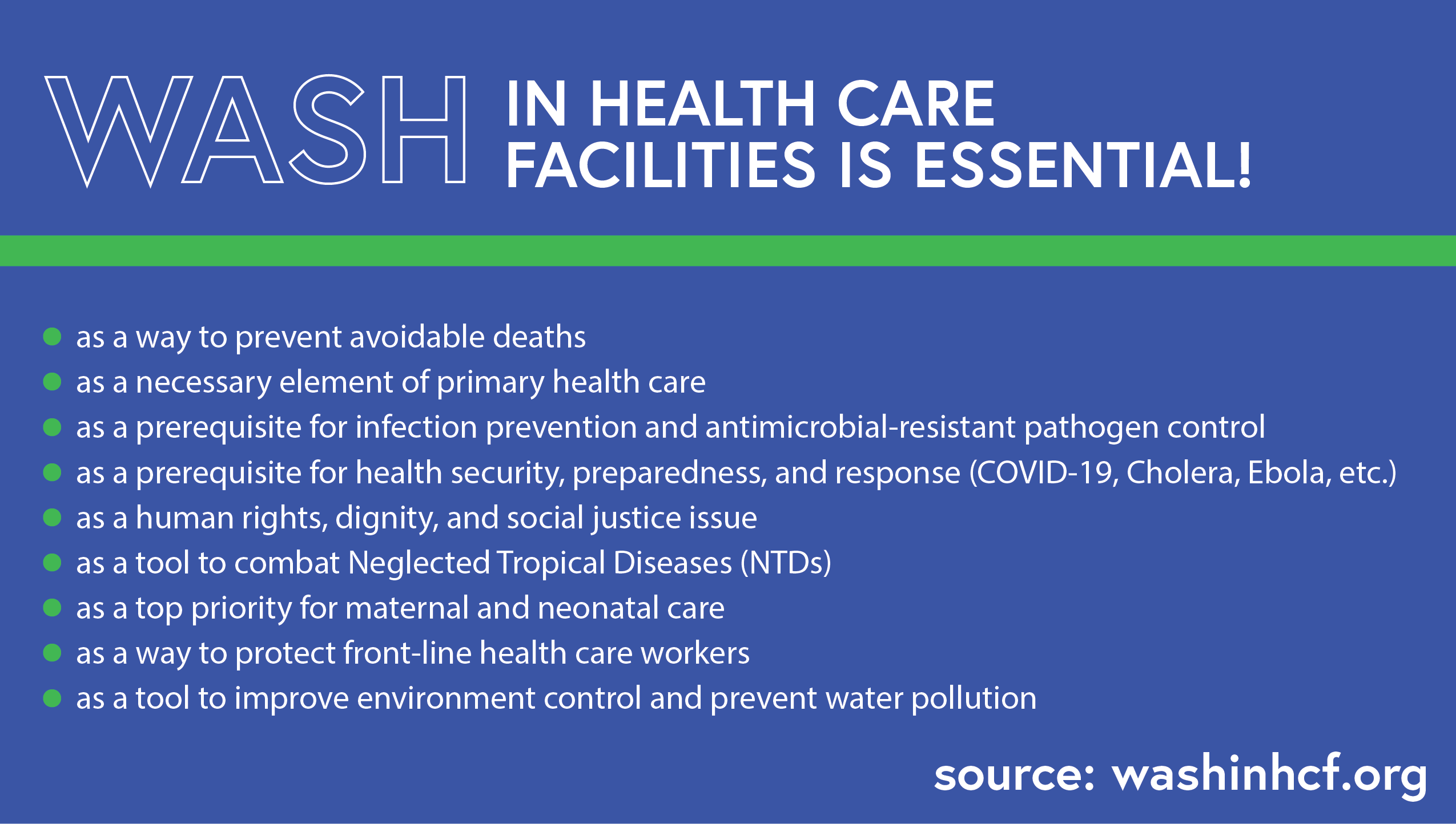
These problems have become even more evident over the past year as developing nations continue to battle the COVID-19 pandemic. WASH services are needed more than ever to protect patients and health care workers.
Recently, UNICEF, the World Health Organization, large development organizations, and national governments have made it a top priority to improve WASH in health care settings by doing a global assessment and making a plan of action to fix this atrocity.
The Water Problem
A severe lack of safe water, sanitation, hygiene, waste management, and environmental cleaning in health care facilities across most low- and middle-income countries poses a huge threat to the health of patients, visitors, health care workers, and especially newborns and their mothers. According to recent reports from UNICEF and the WHO, an estimated 896 million people use health facilities with no water service, and another 1.5 billion use facilities with no sanitation service.
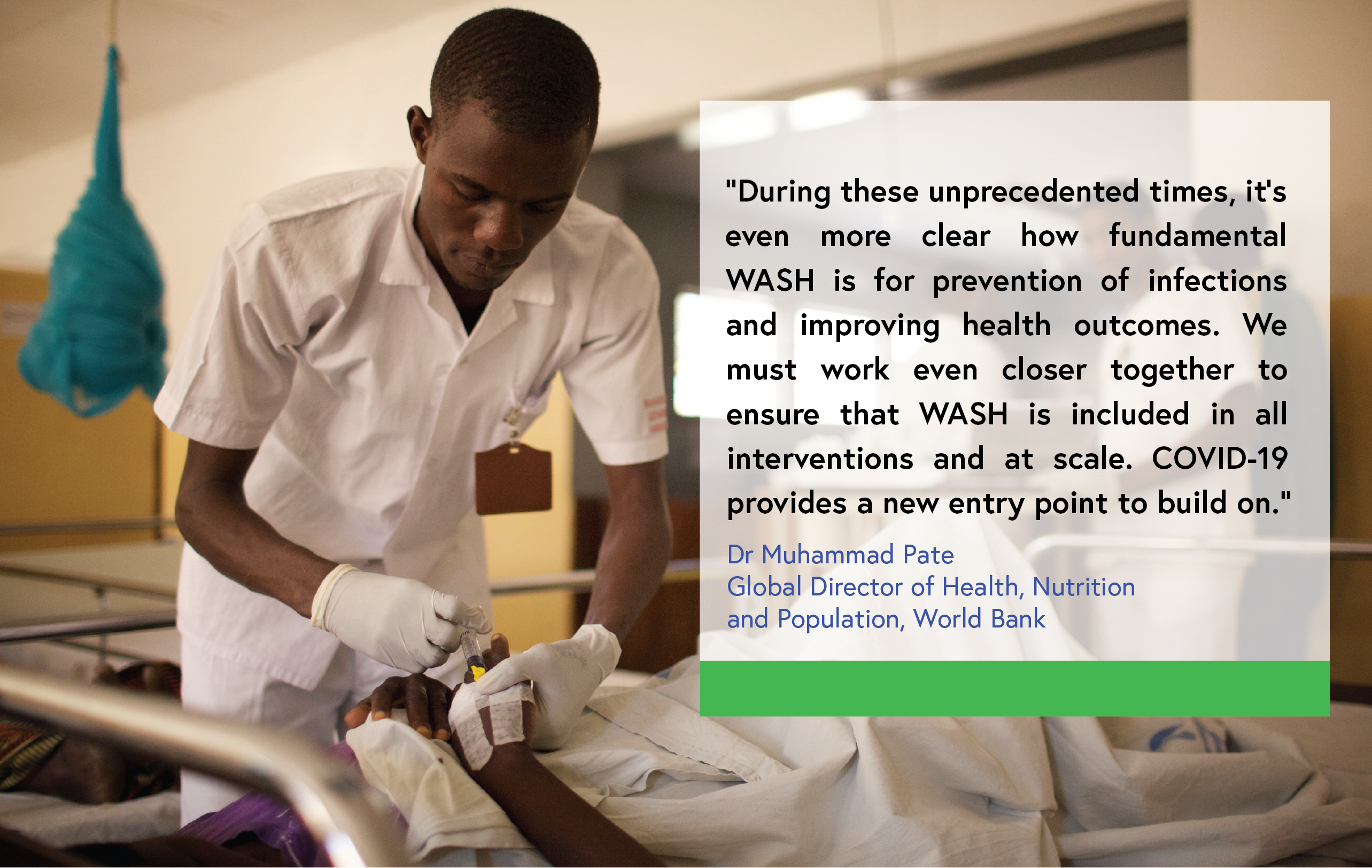
There are major issues worldwide with WASH & health care facilities in low- and middle-income countries, and in the Rorya District, Tanzania, where Maji Safi Group is already working to tackle WASH issues in many different sectors, the problem is huge.
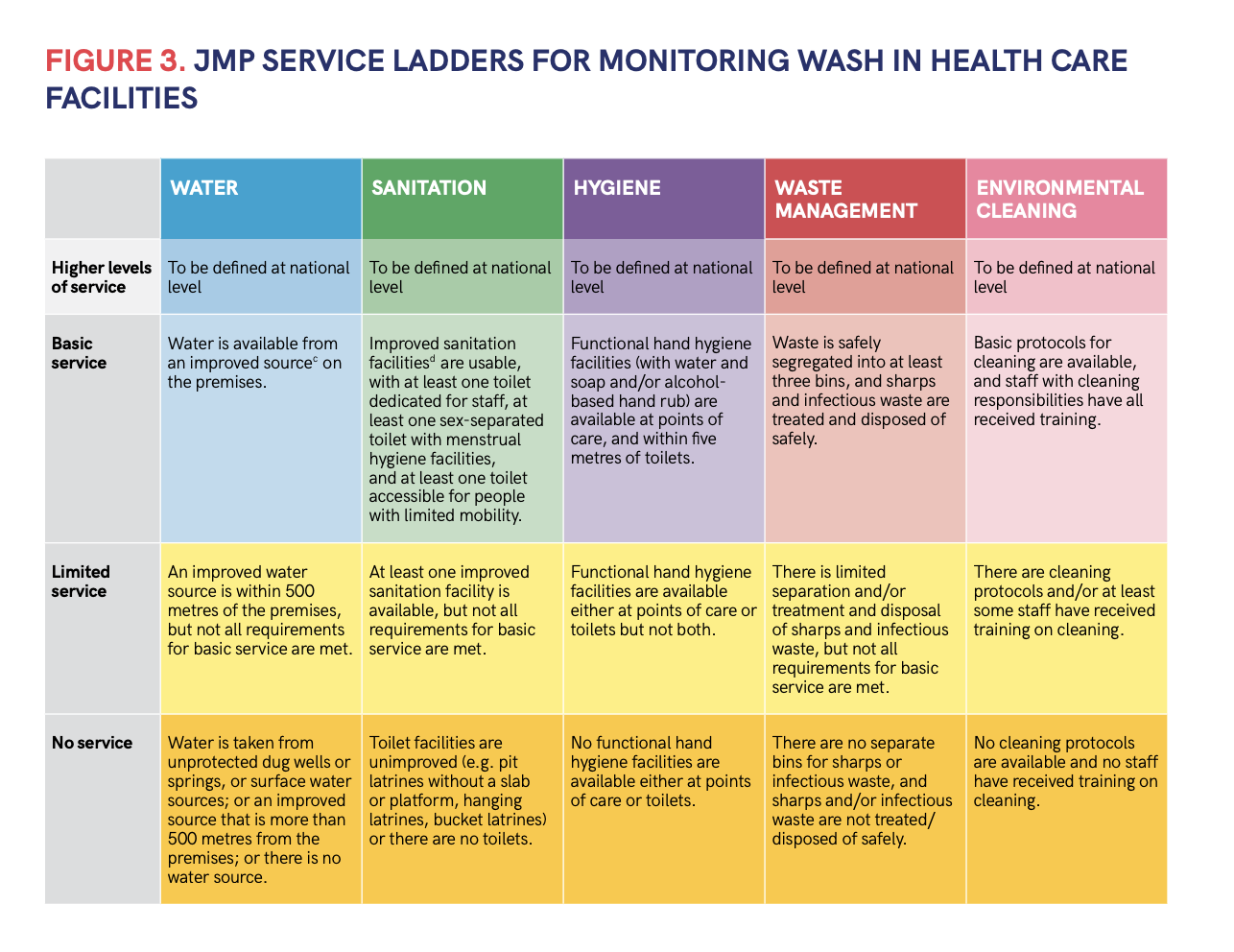
Access to Clean Water
Access to consistent, clean, and improved water sources remains an issue throughout Tanzania for many WASH & health care facilities. Though most facilities in this study (81%) have access to an improved water source, others are still relying on water from rivers and shallow wells, which can cause major health issues. Only 51% reported that they have access to water most days, with other facilities receiving water only some days of the week or even only seasonally. Only 23% of the facilities receive water that is treated at the source, and hardly any have a system in place to regularly monitor the quality of the water they are using. The lack of clean water places these facilities at a much higher risk of contamination and the spread of water-borne and infectious diseases.
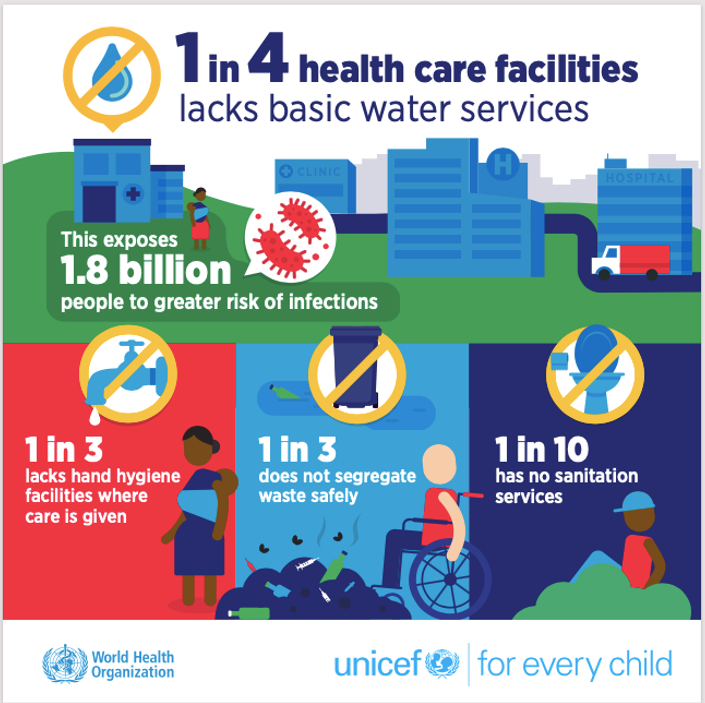
Lack of Sanitation
In these health care facilities, it is also very common to find significant plumbing issues with drain systems in sinks, showers, and toilets. Cleaning is often very infrequent, and some facilities have floors that are not cleanable. It was reported that only half of the toilets/latrines observed were free from foul odors and sufficiently clean for use.
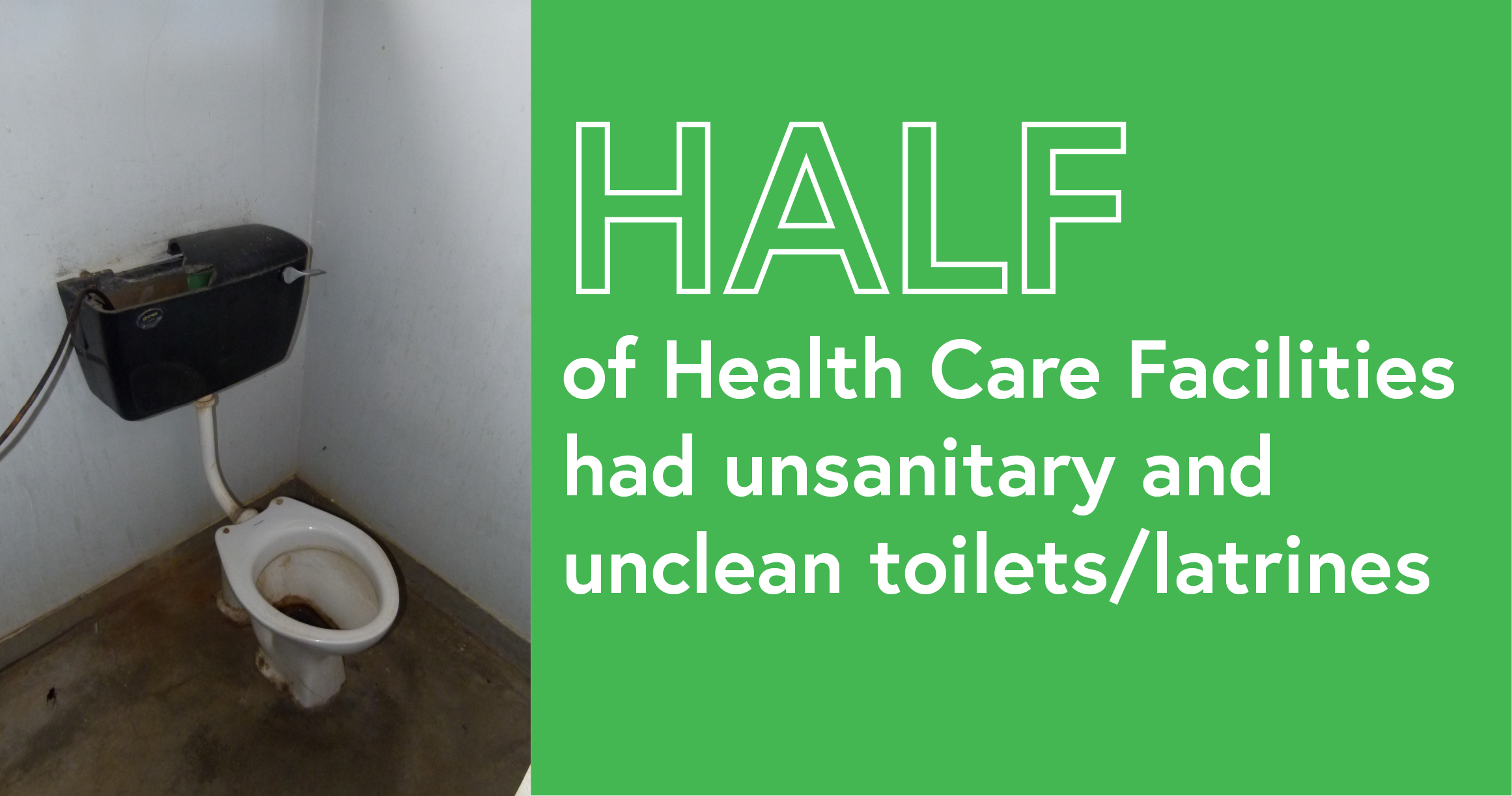
Hand Washing and Hygiene
Another major barrier to hygiene in these WASH & health care facilities is the poor quality of hand-washing stations and a lack of sufficient materials to use. One in four health care rooms did not offer hand washing at the point of care at all, and the stations found were some of the most unclean and poorly maintained parts of the facility. Only 56% of hand-washing stations in consultation rooms had water available, and only 51% had soap. This is a major hindrance to clean, safe health care. If workers are not able to clean their hands properly, there is always an increased risk for bacteria and viruses to spread.
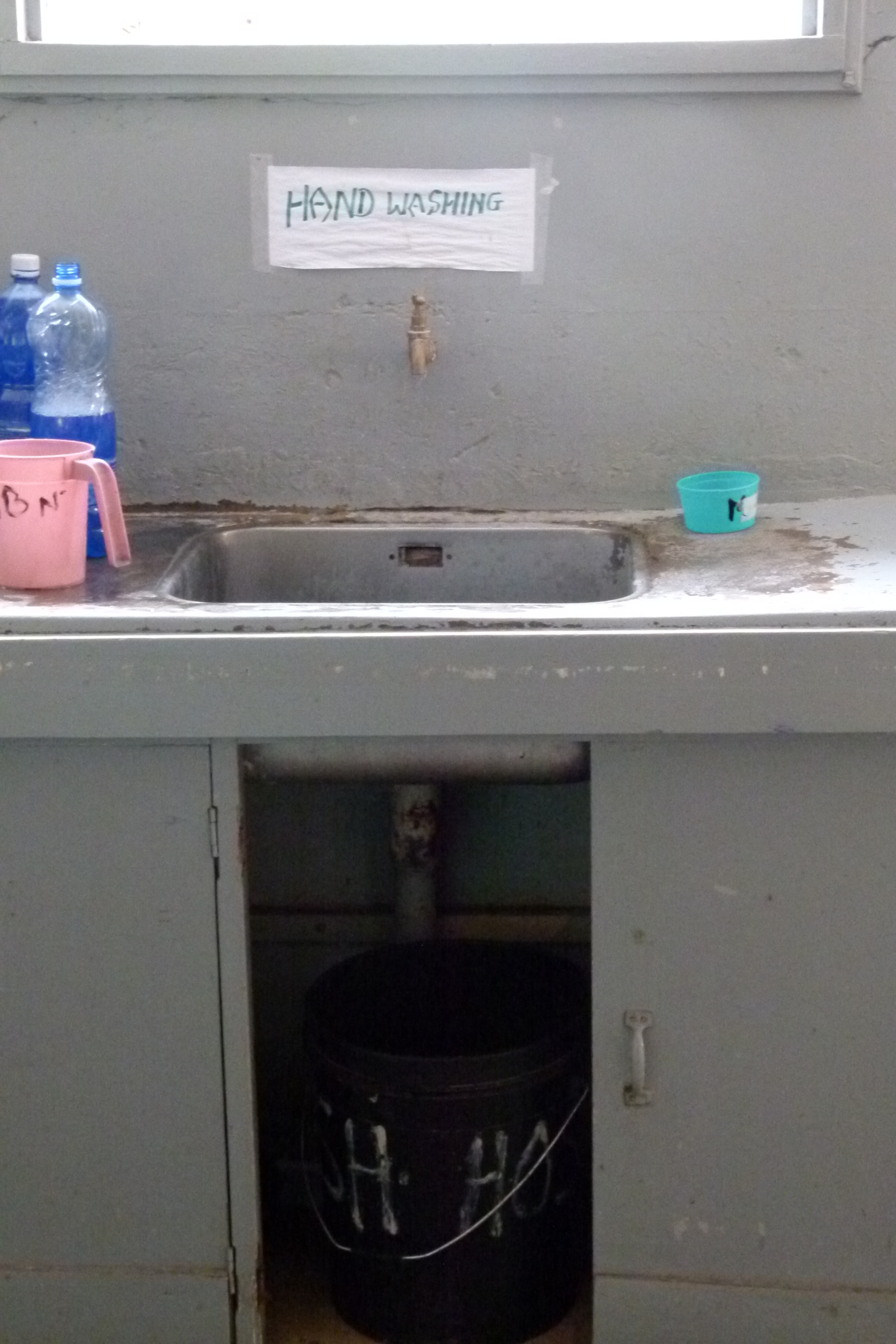
Unsafe Waste Management
In many WASH & health care facilities, there were major gaps and deficiencies related to sorting, collecting, storing, and disposing of health care waste products. This can be extremely harmful to patients, visitors, and health care workers. The lack of proper management of waste is often the result of poor training and supervision.
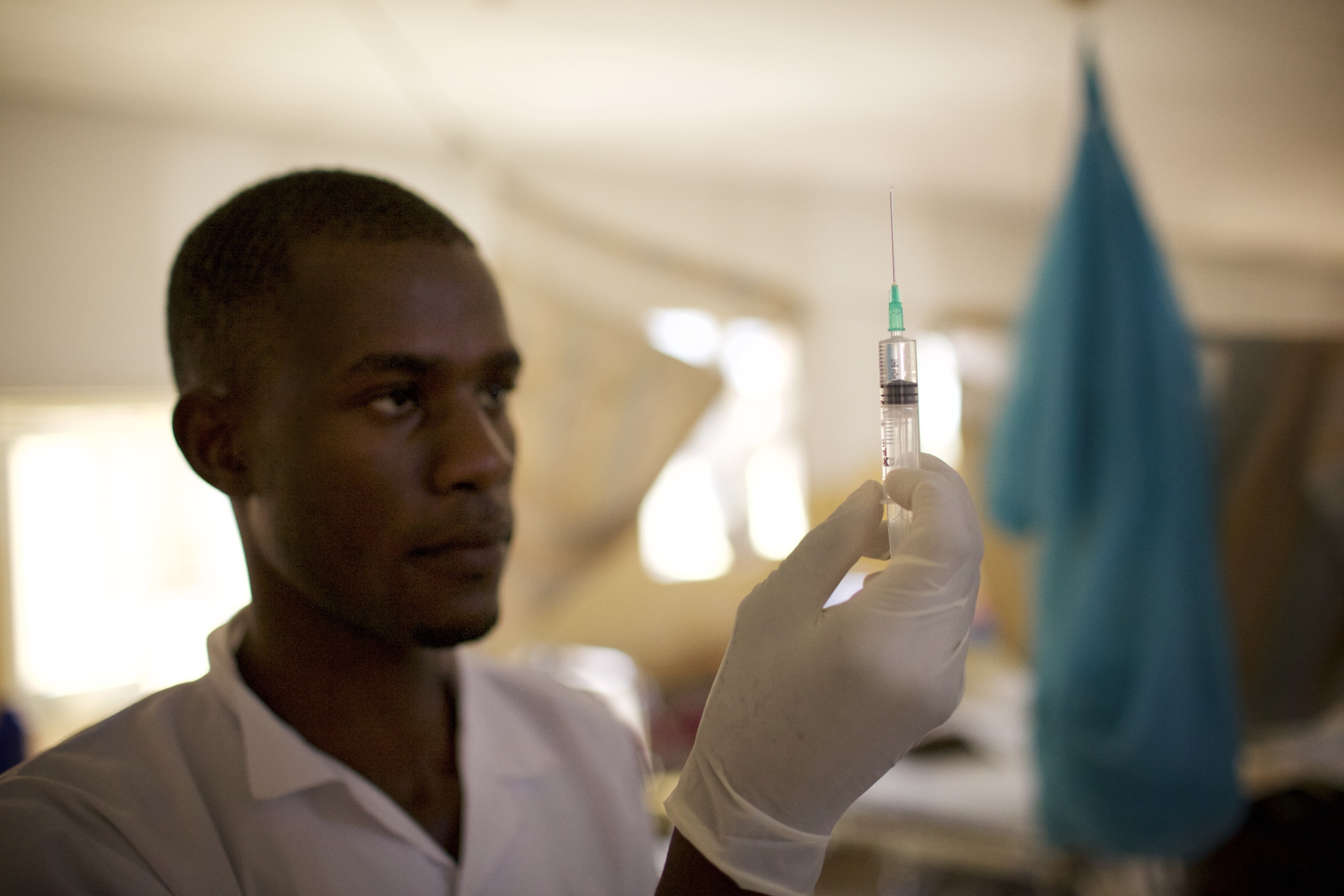
Lack of Environmental Cleaning
In many facilities, the overall environment was not clean and kept to a proper standard to ensure safety. Cleaning systems and practices were not in place to make sure that surfaces were cleaned, sanitized, and sterilized properly. Tanzanian HCFs lack specific standards for cleanliness, leaving those in charge with no guidelines or minimum standards to abide by. Latrines are often blocked, bathtubs are clogged and/or not regularly cleaned, and water systems often leak or are broken. Standards must be put in place to regulate cleanliness in these facilities.
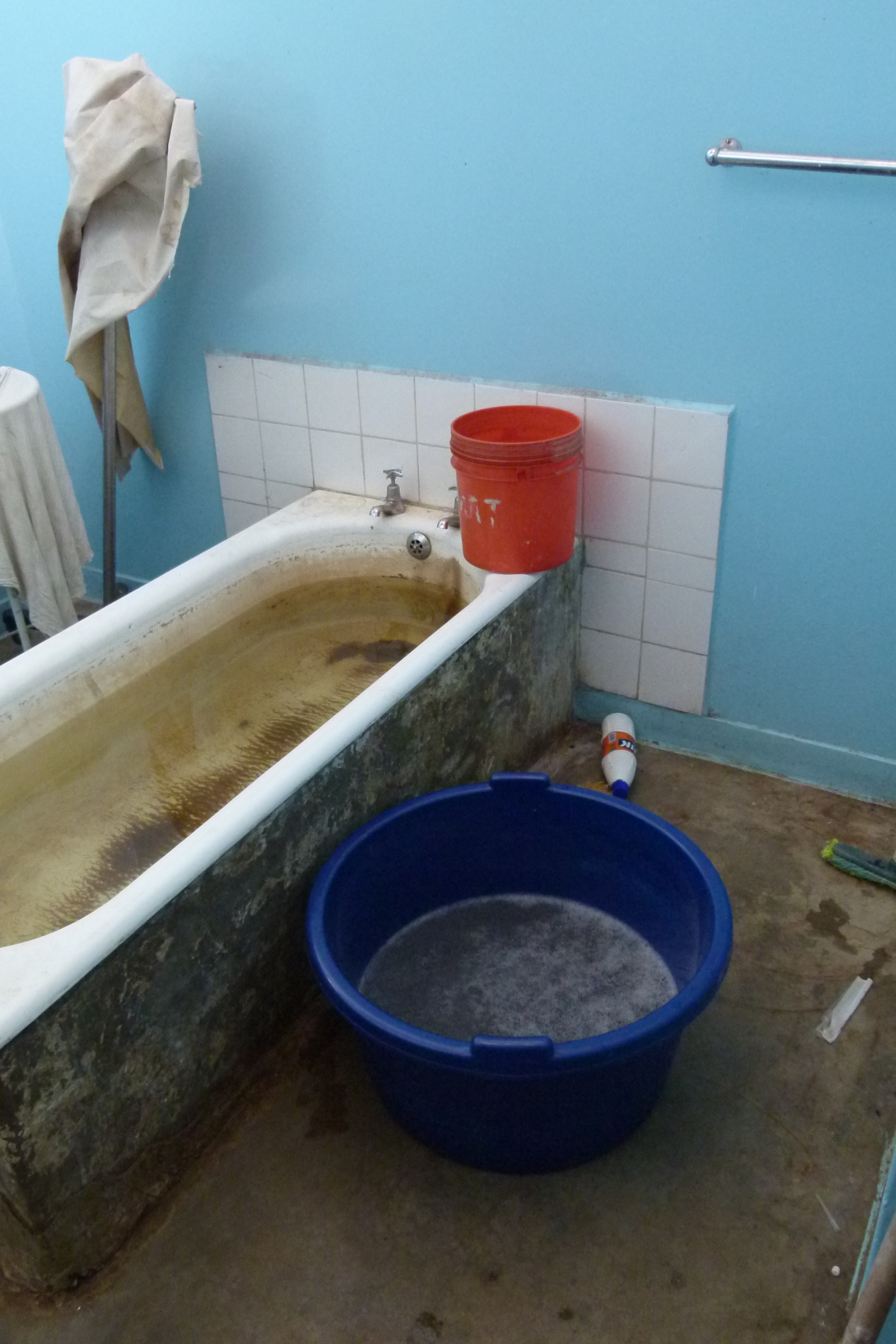
Maternal and Neonatal Care
One of the primary areas where WASH issues are rampant is in maternal and newborn care. Each year, more than one million deaths are related to unclean births, including 26% of neonatal deaths and 11% of maternal mortality.
The overall cleanliness of labor and delivery rooms and the availability of proper hand-washing stations and sanitation practices are essential to the health and well-being of newborn babies and their mothers. Without them, there is a much higher risk for infant mortality and/or illness in the mother or baby.
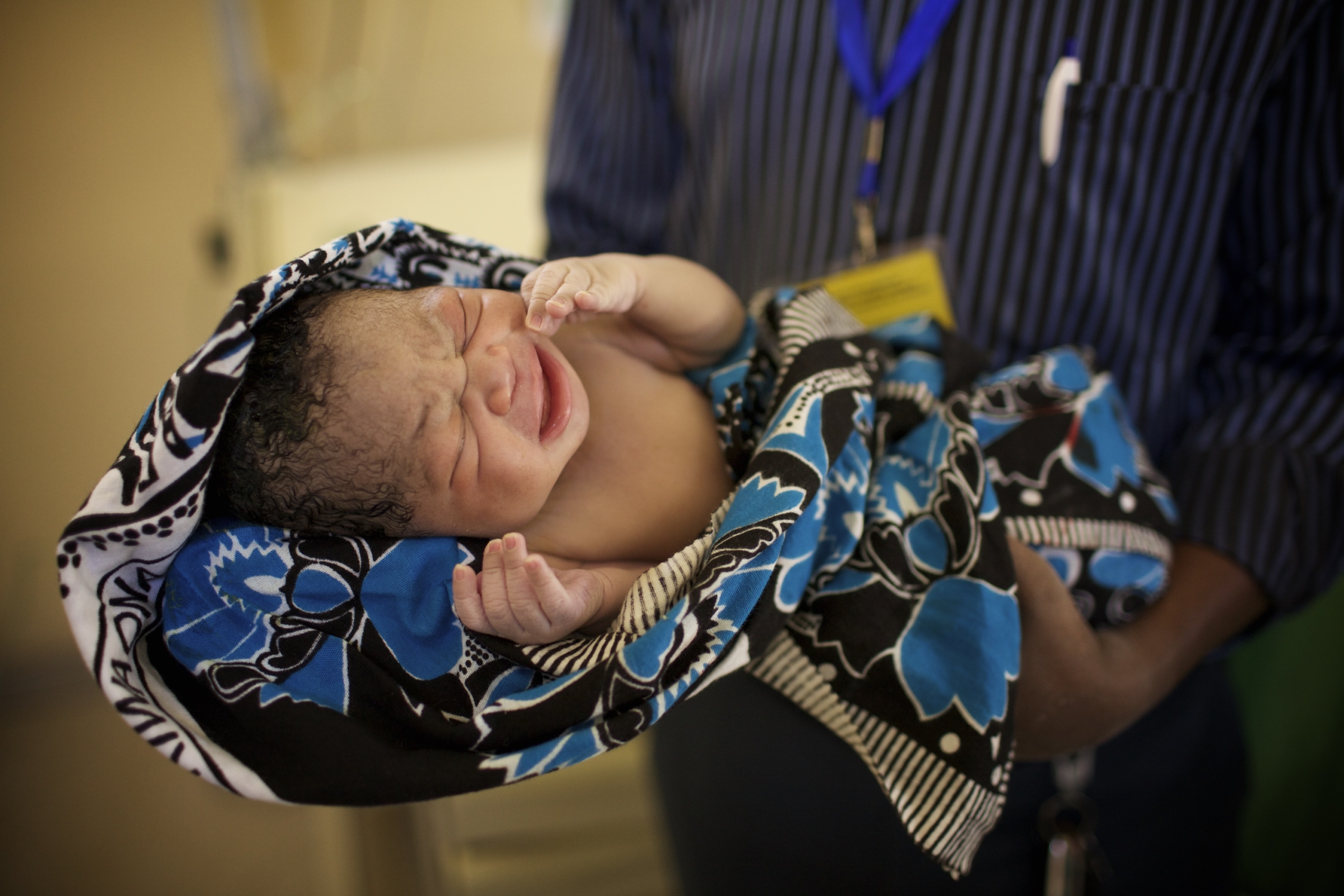
Education & Health Care Workers
Much of the problem with WASH in health care facilities stems from a major lack of education and training for health care workers. There are no education requirements in Tanzania for health care attendants, and many do not receive proper training on the importance of WASH.
Patients are not educated about proper hygiene either. The study found that only 33.5% of the respondents were informed of essential hygiene behaviors upon arrival at the health care facility.
While there is a huge gap in education, many health care workers are aware that they are at great risk for infection because of unsafe WASH practices – 86% of auxiliary workers reported their concern about common infections, such as HIV and tuberculosis, being passed at their facilities, and 41% of workers said they often lacked proper personal protective equipment (PPE).
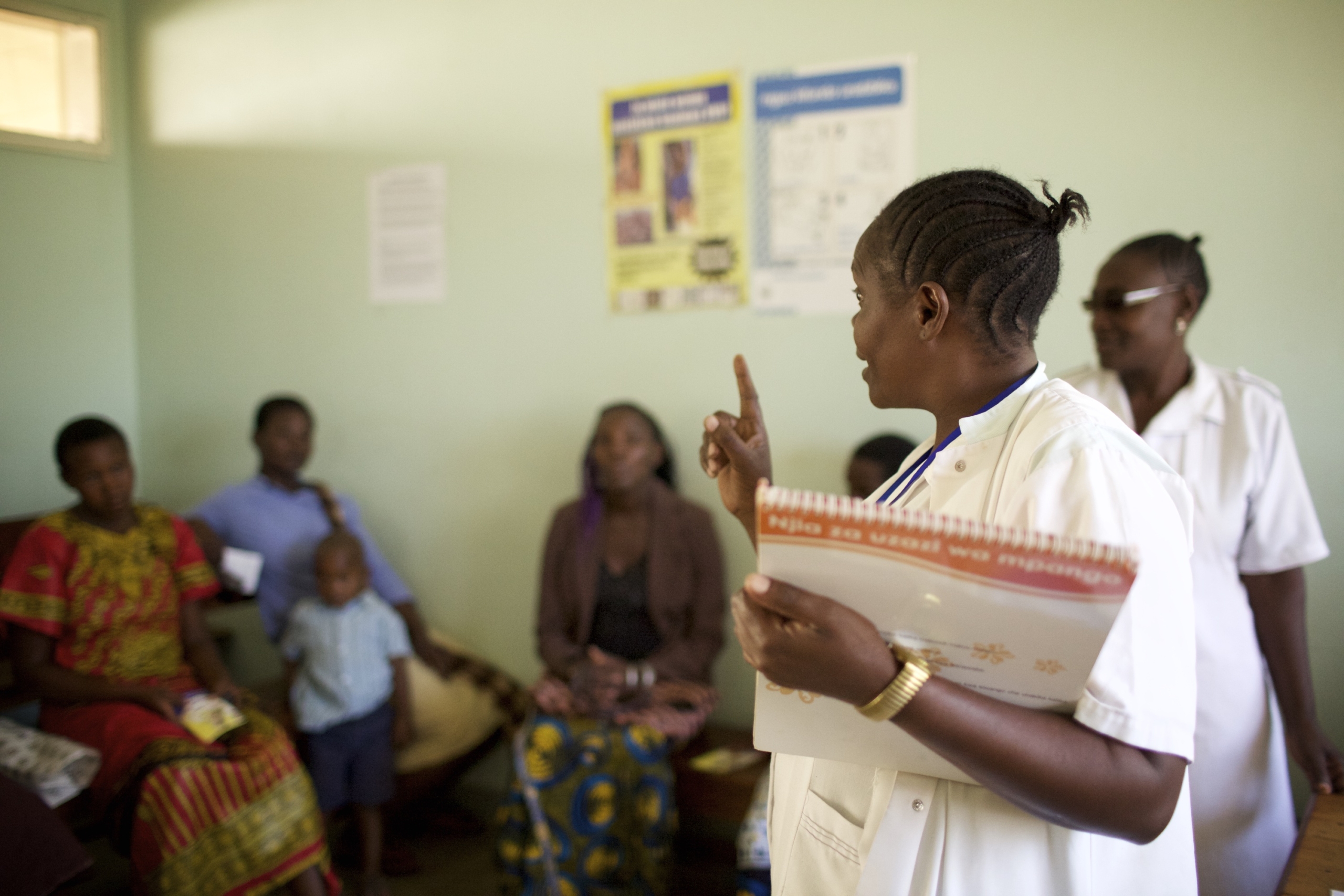
The Maji Safi Mission
One of Maji Safi Group’s primary goals this year is to join the global movement towards improving WASH in health care facilities to complement our community-based education model.
Practical potential ways for improvement:
- Perform a baseline assessment in more than 20 health care facilities (HCFs) in the Rorya District.
- Partner with the District Medical Office and the Shirati KMT District Designated Hospital to create a 5-year plan for improving WASH in HCFs.
- Implement a WASH Facility Improvement Team (FIT) model with partnering HCFs and provide capacity building and infrastructural improvements.
- Advocate for the improvement of WASH in HCFs in the Rorya District and recruit partners from the private and public sectors.
- Monitor and evaluate the effectiveness of our interventions and share our learnings with other district and regional governments.
Over the past decade, Maji Safi Group has proven the tremendous power of interactive, community-driven education in combatting diseases and promoting healthy lifestyles. In 2021 and beyond, we hope to be on the frontline of educating communities about WASH through the HCFs we partner with.
The UN Secretary General, Antonio Guterres, said this: “Water, sanitation and hygiene services in health facilities are the most basic requirements of infection prevention and control, and of quality care. They are fundamental to respecting the dignity and human rights of every person who seeks health care and of health workers themselves. I call on people everywhere to support action for WASH in all health care facilities.”
